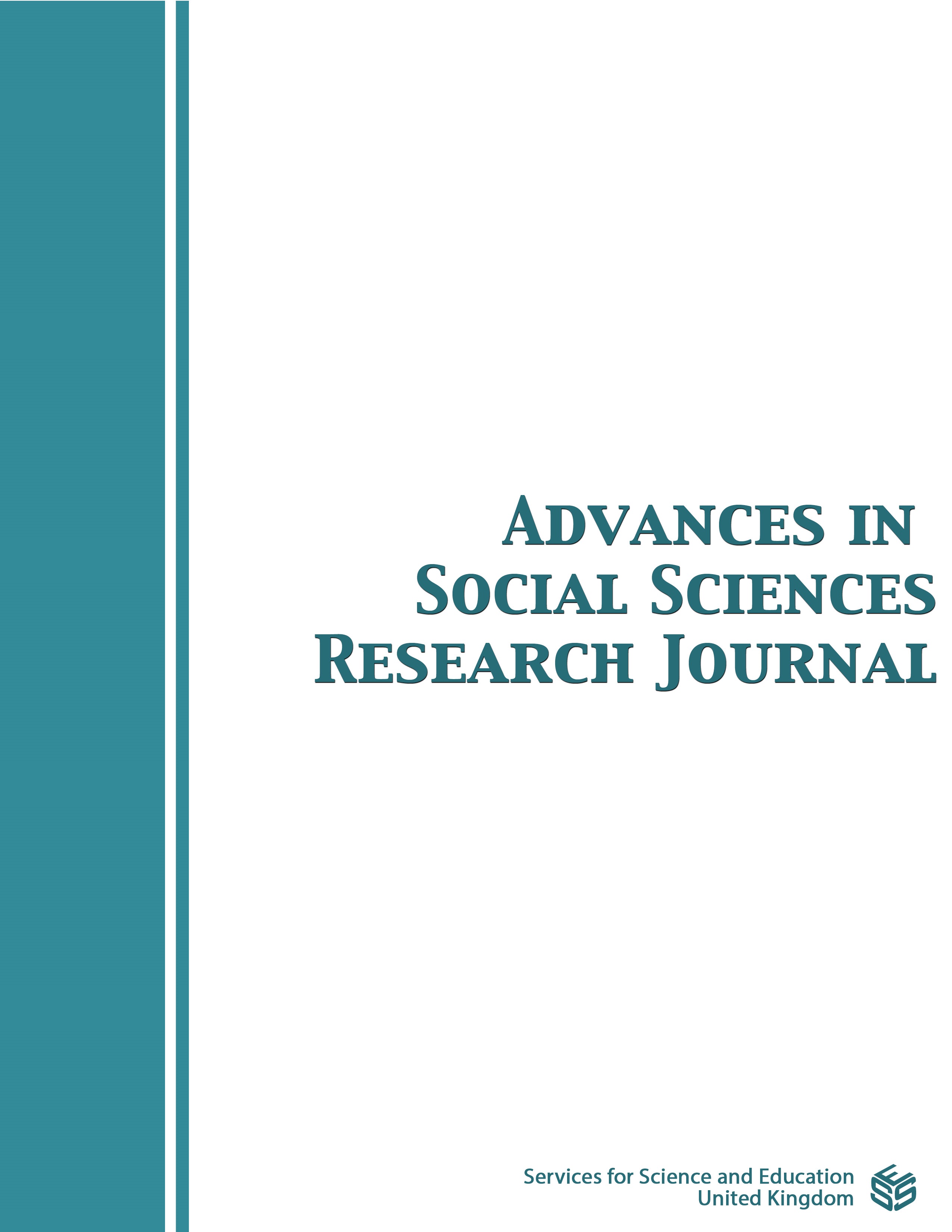Constructing and Negotiating Identity: The Evolution of Identity as a Power Structure and its Ethnic, Cultural, and Situational Dimensions
DOI:
https://doi.org/10.14738/assrj.1110.17794Keywords:
Identity Conceptualisation, Power and Identity, Contextual identity, Ethnic GroupsAbstract
This article explores the multi-faceted nature of identity through a theoretical lens, examining its evolution, power dynamics, and situational contexts. The concept of identity has undergone significant development, shifting from a static notion of self to a fluid and context-dependent construct. The discussion begins by tracing the historical development of the identity concept, highlighting its transformation into a critical socio-political tool. The role of identity as a power construct is then analyzed, emphasising how dominant groups shape and maintain social structures through identity narratives. The article further explores the situational and contextual dimensions of identity, asserting that identity is not only shaped by external categories but is also actively negotiated in situational contexts. A detailed examination of categorisations of identity follows, focusing on how labels such as ethnicity and cultural dimension of identity intersect to form collective identities within ethnic groups. By synthesising these perspectives, the article aims to provide a comprehensive framework for understanding identity as both a personal and social construct influenced by historical, cultural, and political forces. This theoretical exploration contributes to ongoing discussions on the dynamic and layered nature of identity in contemporary society.
Downloads
Published
How to Cite
Issue
Section
License
Copyright (c) 2024 Dalia Sabaliauskiene

This work is licensed under a Creative Commons Attribution 4.0 International License.
Authors wishing to include figures, tables, or text passages that have already been published elsewhere are required to obtain permission from the copyright owner(s) for both the print and online format and to include evidence that such permission has been granted when submitting their papers. Any material received without such evidence will be assumed to originate from the authors.






